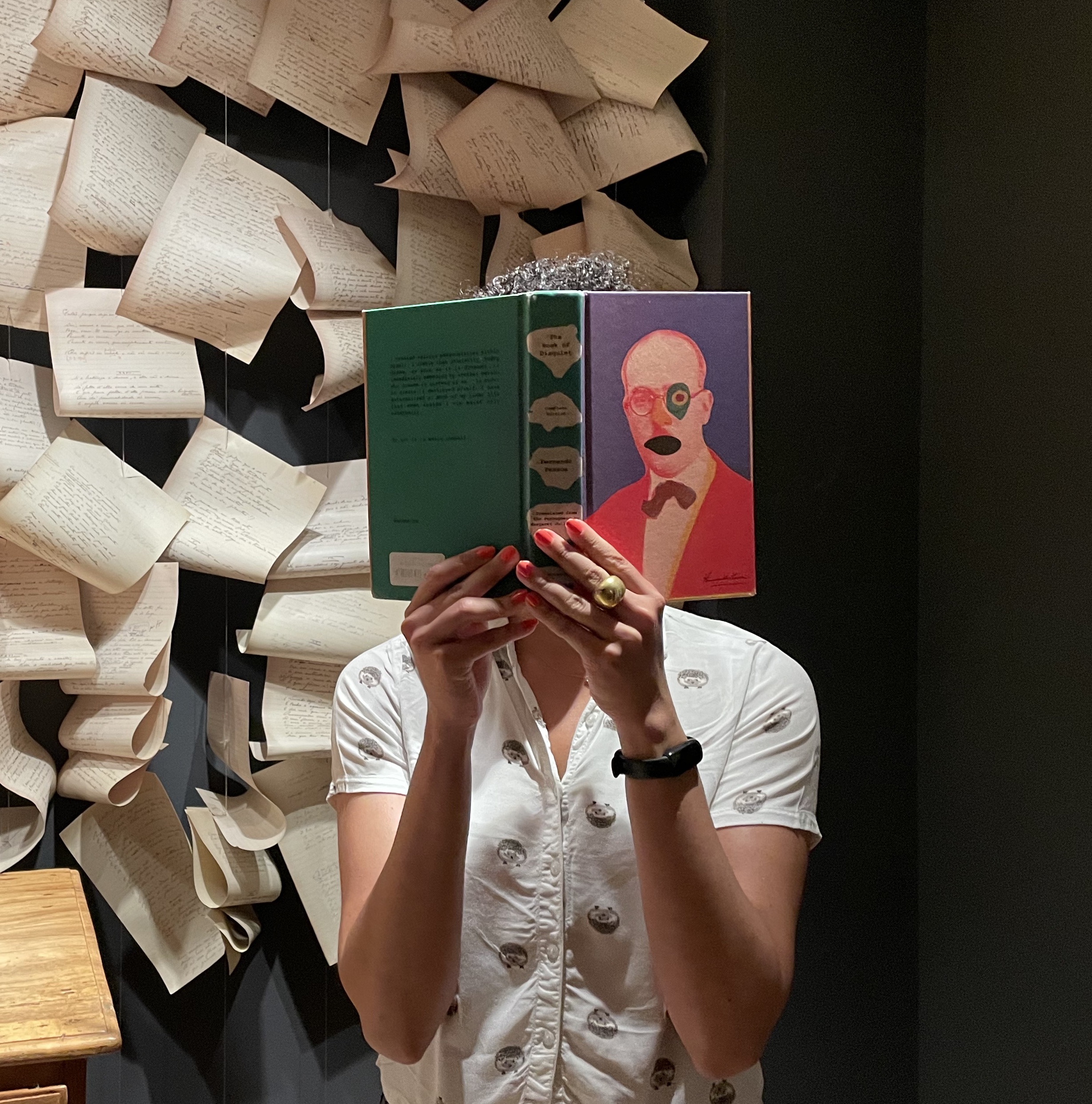By DENIS HIRSON
and it all begins
and it will never cease
—Mxolisi Nyezwa
This story begins on a lake in the Berkshires, up among the low hills and wild blue turkeys and deep woods, up in the northeast before you get to Canada. There I am with my daughter, pulling a rowing boat out across the sand and onto the weed-thick water. She is sulking because there are too many people around, it is her birthday and she wants us to go out across the lake, just the two of us, in the middle of the morning. So we row our way through the heat and the silver sheet of sunlight and the indignant barking of Canadian geese, and after a while we stop rowing altogether and just sit there, suspended upon the effortlessly stretching water. Then we row till we’re near the far side of the lake, where the heron usually stands all alone against the rippling ash of its reflection, before the place in the bushes where beavers have lifted an armoury of grey sticks against their lodge. We do not land there but instead turn the boat and head back again, which is when we see the flower at the curve of the bank, over to the right; a flower of a red so intense it goes smouldering across the petals. On closer inspection, the petals turn out to be of finely veined velvet. And there are in fact several flowers, one above the other, each one darkening at the narrow mouth, on a single stalk, in mud that is agreeably cool and squelchy, sucking at our ankles as we carefully dig down around the roots.
Perhaps this story really begins a year or two earlier on a spring evening in Paris where we live, where people walk easily through the evening along the sloped streets of Montmartre, and intimate evening sounds come from the buildings, released by residents who have opened their windows after keeping them sealed all winter. There is a man with a fine massive face and an accent crisp as pie crust, standing with me in a bistro, tipping a slender glass of kir to his lips, then walking with me along an alley with its accordion stairway, iron lampposts leading us upwards under the new leaves of the trees. The man has flown in from New England, he wants to absorb something of this place where the painters Derain and de Vlaminck had lived, see something of what they saw, because he is writing a book about them. He tells me what the book will be called, or then again perhaps he doesn’t tell me, because he has not yet decided; I don’t really know, because my story has a crack in it, and through that crack this one moment has fallen when he might or might not have told me, a moment that escapes my grasp, floating off in the winds of time. We come down the stairs again, he has been speaking to me about the two painters, and the evening is filled with the light and darkness of their story; as we stand together saying goodbye there is almost a smell of absinthe in the air, with carriages and men in brimmed hats, women in hooped dresses going by. He is not an old man, and seems in perfect health. Yet I don’t see him again, and not long afterwards he dies in New England, a person of great heart and mind who gave himself entirely to the understanding of painters and their lives. Strange to receive news of death from so far away, particularly premature death, it remains suspended in the air like an echo and goes on resonating for ages.
The flower, then, will be for his wife, who lives not so very far away from the lake. She is out with her golden labrador in her garden when we arrive, my daughter and I. It is a fine garden, all shades of green and yellow, cushions of grasses and shrubs set out before the sycamores, a pond of tranquil fish and a grape arbour casting a slanted pattern on the ground, an act of love of the woman for the man of her life. Oh, she says, taking the rusty jam tin with the flower stuck into it, Loosestrife, how nice of you to bring some for me, I know exactly where I’ll plant it. And now the flower has been named, I had not known its name; it passes from our hands to hers, and becomes for just that moment an act of mourning, its colour fresh as a wound in the side of an animal, just as the man’s death comes alive again for a moment between us, and soon will be buried once more with the roots of the plant in the ground.
There is the jam tin set with its offering on a table in the grape arbour, and my daughter, entranced by the garden, wanting to stay outside while I enter the house with the woman, followed by her dog. So, she tells me. The man did, after all, complete a manuscript about Derain and de Vlaminck. Not yet published, though. Yes, of course I can see it, it’s just over there on a shelf in his study. So I sit on the settee, with the dog settling down on the carpet, puffing out breath over its great flabby tongue. Here you are, she says, handing me the manuscript in a kraft file. Would you like some tea?
I untie the ribbon of the file, wanting to leaf through its neatly stacked pages, but do not get past the first one, no further, in fact, than the title, printed in thin letters above the man’s name. And then like a cup that’s been emptied of its dice my mouth falls open, and at that moment the woman and I find ourselves before the map of chance, flashing with its diamond connections in the air all around us. The dice go on rolling, but the title remains there on the page. It is made up of two syllables and it will not lie still but shivers in the white space at the intersection of several paths, just the one word, “Loosestrife.”
Denis Hirson‘s most recent novels are The Dancing and the Death on Lemon Street and Worlds in One Country, a brief survey of South African writing from its beginnings in the nineteenth century to 1994.
Click here to purchase Issue 03




